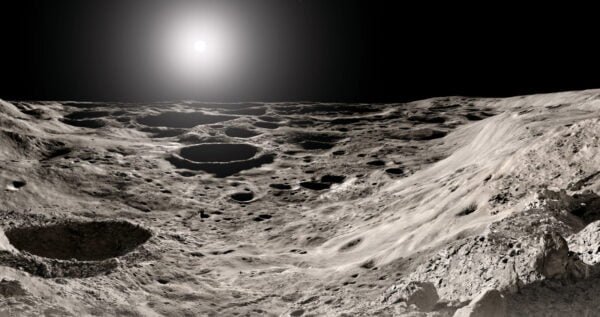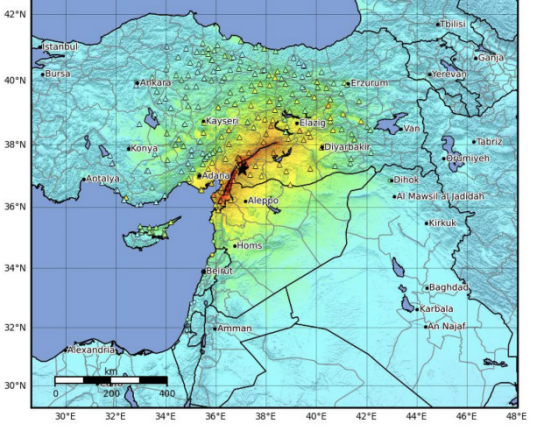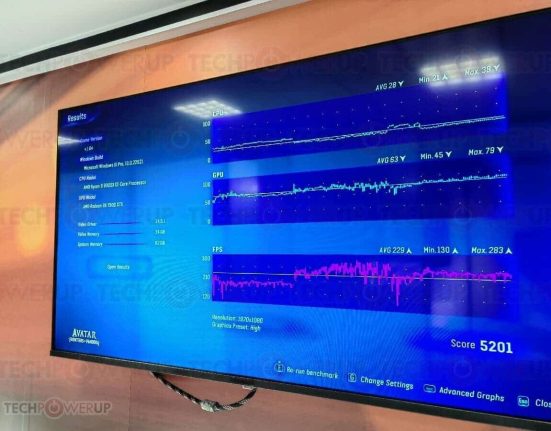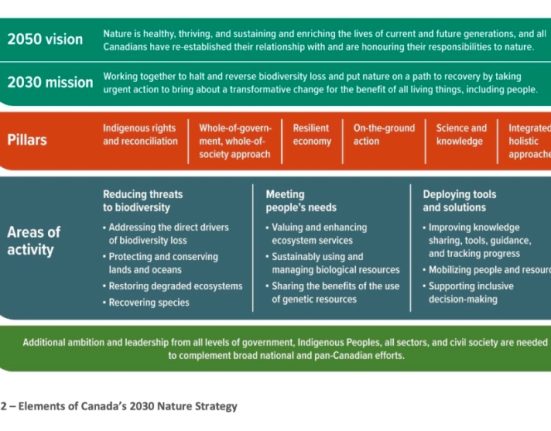Mercury, the smallest and closest planet to the Sun in our Solar System, experiences the most significant temperature changes of all the planets due to its minimal atmosphere, which fails to trap heat effectively. Know in detail about the planet Mercury in this article.
Introduction
- Mercury, the closest planet to the Sun, orbits at an average distance of 35 million miles, followed by Earth at 48 million miles.
- Despite its small size, Mercury's surface is marked by numerous impact craters, similar to Earth's Moon.
- Temperature extremes on Mercury fluctuate dramatically, ranging from 800°F (430°C) to -290°F (-180°C).
Mercury Formation
- Formed about 4.5 billion years ago from swirling gas and dust under gravitational pull, Mercury developed a rocky core, mantle and crust like other terrestrial planets.
Physical characteristics
- Mercury's diameter is 4,880 kilometers, about the size of a celestial pebble compared to Earth.
- Its mass is approximately 0.055 times that of Earth, making it the second densest planet.
- Impact craters dot Mercury's surface, revealing its vulnerability to cosmic collisions.

Orbit and rotation
- Mercury completes one orbit around the Sun every 88 Earth days, making it the fastest planet in the solar system.
- Its rotation on its axis takes 58.7 Earth days, resulting in a day-night cycle longer than its year.
- Mercury's distance from the Sun varies from 47 to 43 million miles due to its highly elliptical orbit.
Extreme temperatures
- Surface temperatures range from 100 K to 700 K (-173 °C to 427 °C), with highs of 800 °F (427 °C) and lows of -269 °F (-173 °C).
- Mercury's lack of atmosphere causes the most extreme temperature changes in the solar system.
Geological evolution
- Over billions of years, Mercury has been gradually shrinking, losing about 14 kilometers in diameter as its iron core cools.
- Its surface shows the scars of numerous meteorite impacts, resembling Earth's Moon.
Impact craters
- The Caloris Basin, a massive crater 1,550 km in diameter, is a reminder of Mercury's violent past.
- This ancient scar formed more than 3.8 billion years ago and could cover part of Europe.
Mercury's orbit
- Mercury's proximity to the Sun shortens its orbit to just 88 Earth days.
- Named after the Roman god of commerce and communications, Mercury's orbit reflects the agility of its mythological namesake.
Atmosphere
- Mercury's atmosphere, an ultrathin exosphere, is composed primarily of oxygen, sodium, hydrogen, helium, and potassium.
- According to NASA, its composition includes 42% oxygen, 29% sodium, 22% hydrogen, 6% helium and 0.5% potassium, along with potentially small amounts of argon, carbon dioxide, water, nitrogen, xenon, krypton and neon.
- Its atmosphere is minimal and fleeting due to the atoms released from its surface by solar radiation and micrometeoroid impacts.
Temperature fluctuations
- Without an atmosphere to regulate heat, Mercury experiences extreme temperature swings, ranging from scorching days to freezing nights.
Facts about Mercury
| Attribute | Mercury |
| Size | 0.38 Lands |
| Diameter | 4,880 kilometers |
| Mass | 3.3011 × 10^23 kg (0.055 Earths) |
| Aphelion (furthest from the Sun) | 0.466 Astronomical Units (1 AU = distance to the Sun) |
| Perihelion (closest to the Sun) | 0.3 astronomical units |
| Gravity | 0.38 times Earth's gravity |
| Orbital period (1 year) | 88 Earth days |
| Rotational Period (1 Day) | 58.7 Earth days |
| Surface temperature | 100K to 700K (-173°C to 427°C) |
| Composition of the atmosphere | 42% oxygen, 29.0% sodium, 22.0% hydrogen, 6.0% helium, 0.5% potassium, traces of other elements |
| Surface characteristics | Terrain with many craters, scarps and ridges. |
| geological activity | Tectonic activity, volcanic characteristics. |
| Magnetic field | weak magnetic field |
| Rings | None |
| moons | None |
Exploration
- Mariner 10, launched in 1973, provided the first close-up images of Mercury, confirming its lack of atmosphere.
- MESSENGER, launched in 2004, orbited Mercury from 2011 to 2015, discovering evidence of water ice in polar craters and revealing their complex geological features.
Historical and mythological importance
- The planet, named after the Roman god Mercury, has held an important place in mythology and astronomy, symbolizing speed and agility.
- Known by various names across cultures, Mercury's celestial dance has inspired awe for millennia.
Modern discoveries
- Recent MESSENGER findings revealed a vast valley more than 620 miles long, shedding light on Mercury's geological history.
- Ongoing studies continue to unravel its mysteries, providing new insights into the dynamics of our solar system.
- The hostile environment presents significant challenges for human exploration and requires robotic missions and advanced technologies.
Frequent questions
Q: What is Mercury?
A: Mercury is the smallest and innermost planet in our solar system, located closest to the Sun.
Q: How far is Mercury from the Sun?
A: On average, Mercury orbits about 57.91 million kilometers (35.98 million miles) from the Sun.
Q: How does the size of Mercury compare to that of Earth?
A: Mercury is much smaller than Earth, with a diameter of about 4,880 kilometers (3,032 miles), slightly larger than Earth's Moon.
Q: How long is a day on Mercury?
A: One day on Mercury (one rotation on its axis) takes about 59 Earth days.
Q: What is Mercury's atmosphere like?
A: Mercury has a very thin atmosphere, known as the exosphere, composed mainly of oxygen, sodium, hydrogen, helium and potassium.
Q: Does Mercury have moons?
A: No, Mercury does not have moons orbiting around it.
Q: What causes Mercury's extreme temperature fluctuations?
A: The lack of atmosphere produces extreme temperature variations, with daytime temperatures reaching up to 800°F (430°C) and nighttime temperatures dropping to -290°F (-180°C).
Q: How fast does Mercury orbit the Sun?
A: Mercury orbits the Sun at an average speed of about 47.87 kilometers per second (29.66 miles per second), making it the fastest planet in our solar system.
Q: What is the surface of Mercury like?
A: Mercury's surface is filled with craters, similar to Earth's Moon, due to the impacts of meteorites and comets over billions of years.
Q: How many spacecraft have explored Mercury?
A: Only two spacecraft have been sent to study Mercury: Mariner 10 in 1973 and MESSENGER (MErcury Surface, Space ENvironment, GEochemistry, and Ranging) in 2004.
Food adulteration: examples, types, effects and detection techniques (thesciencenotes.com)














Leave feedback about this